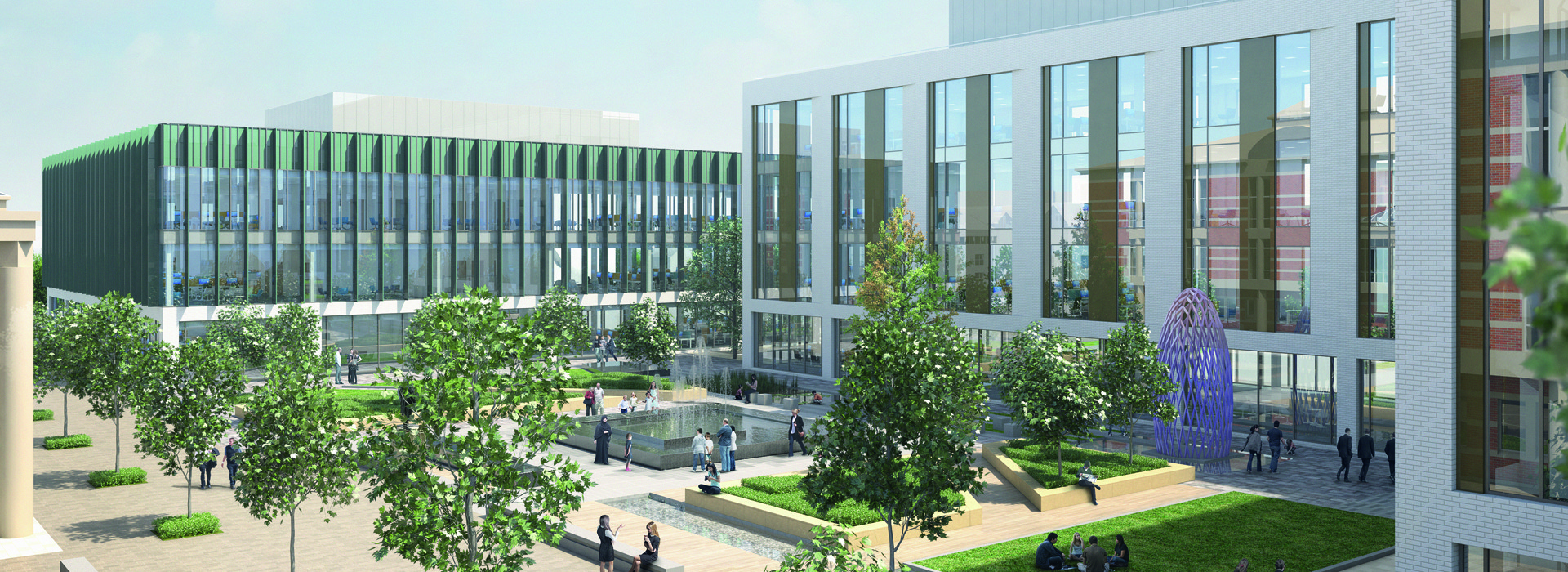Centre Square's energy evolution: A Q&A with Clark Degnan Consulting

|
We recently sat down with Clark Degnan Consulting to discuss how Centre Square’s modern design is beneficial for both the environment and the occupier in terms of energy efficiency and lower running costs. Here’s what they had to say.
Why will the energy usage of our Centre Square buildings be less than other Middlesbrough buildings? Centre Square buildings achieve best practice standards of sustainable design, and have been designed to reduce energy demand, and use energy more efficiently than existing office buildings in the region. The buildings incorporate passive design features including high insulation levels within the building envelope, high performance glazing with external solar shading, and a very high standard of air tightness which all contribute to reducing the building’s total heating and cooling energy demands. Materials used within the buildings have also been carefully selected to achieve the lowest environmental impact, which includes the use of materials that have a lower embodied energy i.e. less energy is used in their sourcing and manufacture. The mechanical and electrical systems play the most significant part in achieving the building’s A rated energy performance. Renewable energy also plays a major role in the building’s reduced energy demand. On-site electricity is generated in each building by large roof mounted Photo Voltaic (PV) arrays which offset electrical energy use within the buildings. Similarly with water-use reduction, Centre Square has rainwater recycling systems to recover rainwater for use in toilet flushing, and low flow rate taps and showers, as well as solar hot water heating systems which capture solar energy and pre-heat the building’s water supply. |
Are these energy saving tactics becoming an industry standard? Centre Square’s energy saving design principals are becoming more common in new buildings in order to comply with the carbon emission standards defined within Part L of the Building Regulations, which are there to ensure that Britain achieves its target to cut carbon emissions by at least 80% by 2050, relative to 1990 levels.
How will these energy saving operations benefit Centre Square occupiers? We recently carried out a study on the energy use of an existing 1990’s office building in Middlesbrough compared with one of the buildings on Centre Square. The results of this study showed that a Centre Square office had the potential to reduce the annual energy cost by 60% in comparison with this older building.
How does Centre Square fare against its competition? Centre Square buildings achieve an Energy Performance Certificate (EPC) A rating – this is the highest grade of EPC available. Encompassing best practice design principles, the Centre Square buildings are likely to be in the top 10% of new buildings in terms of sustainable design.
Get in touch If you’re feeling inspired by the commercial investment going into Middlesbrough, or want to discover more about relocating your business to the North East, get in touch with our agents today. Oh, and don’t forget to follow us on Twitter and LinkedIn so you can stay updated with all things Middlesbrough, business and Centre Square.
|
